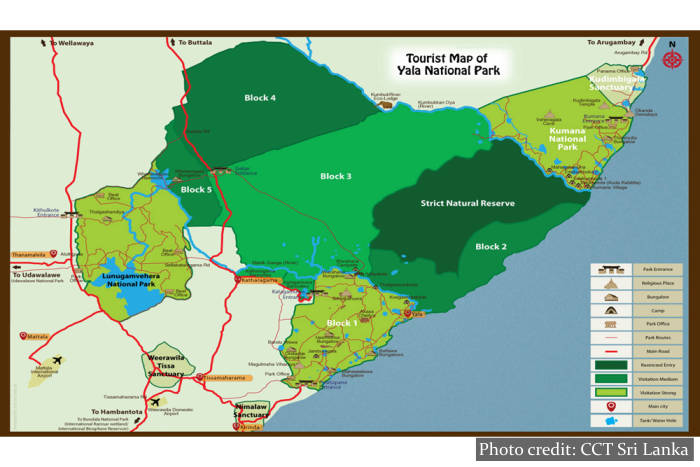
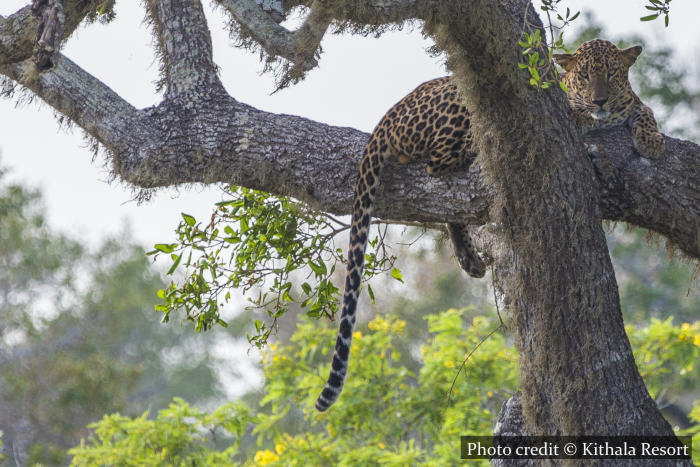
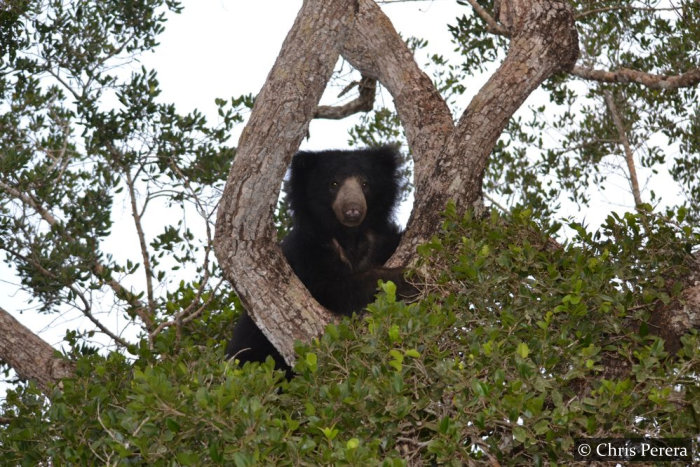
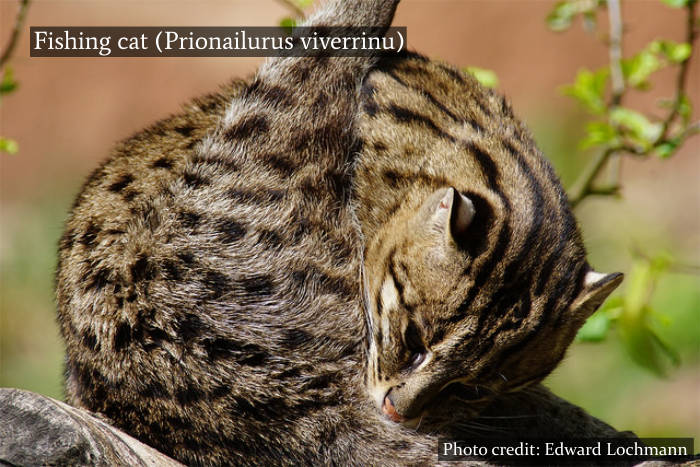
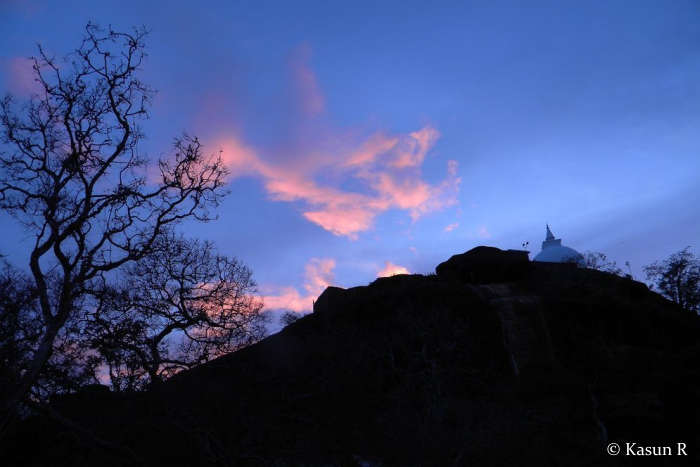
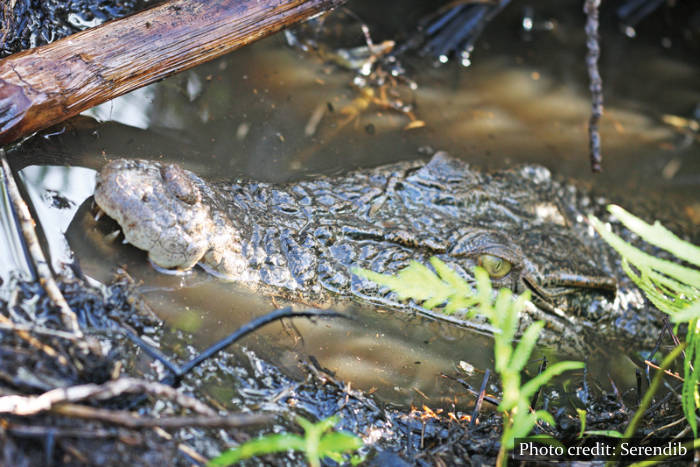
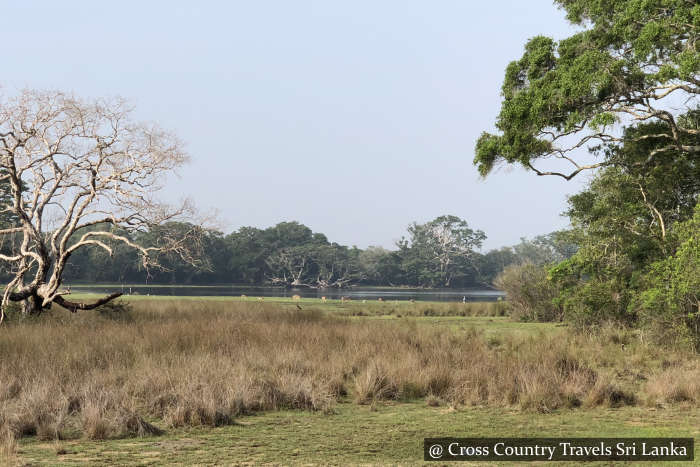
Safari Jeep Share – Yala National Park
Looking for an unforgettable wildlife adventure in Sri Lanka? 🌿🐆
Join our shared safari jeep experience in Yala National Park, the island’s most famous and wildlife-rich reserve.
Our safaris run twice daily – in the magical early morning at 6:00 AM and again at 2:00 PM – giving you the best chances to spot Yala’s legendary wildlife.
✨ Why Choose a Shared Safari?
- Better Sightings: More eyes mean more wildlife spotted! Traveling with other nature enthusiasts increases your chances of seeing elusive leopards, majestic elephants, sloth bears, exotic birds, and more.
- Affordable & Social: Sharing reduces costs and allows you to meet like-minded travelers.

Shared Safari in Yala National Park
Best Season: All year around
Availability: Daily (advance booking: 1 day)
Hottest Months: April, May Aug & September
Best Time to Start: Early mornings
Starting Points: Tissamaharama (Thissa) / Kataragama
Departure Times: 5:30 AM & 2:00 PM
Park Entry: Palatupana, Katragama & Galge
Safari Duration: Approximately 4 hours
Important Guidelines
- Please do not leave plastics behind
- Do not feed the wildlife
What’s Included
- Safari jeep
- Entrance ticket
- Trekker/guide (usually your jeep driver)
- First aid kit
- All government taxes
Child Policy:
- Ages 0–6: Free of charge
- Ages 6–12: Child rate applies
Optional Add-On
A knowledgeable local wildlife expert can be arranged for an additional fee to enhance your safari experience.
Guest feedback: Our drivers and service partners are instructed not to promote other activities or encourage shopping stops. Please share your experience with us on Google.
What to bring: Cardigan for the morning breeze / Hat and sunglasses / Sun protection / Camera / Binoculars
We love holiday planning!
Recent reviews
-
 Sailing Course in Sri Lanka
Rated 4 out of 5by Michiel le Roux
Sailing Course in Sri Lanka
Rated 4 out of 5by Michiel le Roux -
 Colombo Port City Charter Sailing - 3 or 5 hrs - For Sri Lankans
Rated 5 out of 5by Ravichandran thanus
Colombo Port City Charter Sailing - 3 or 5 hrs - For Sri Lankans
Rated 5 out of 5by Ravichandran thanus -
 Reserve Your Seat Kandy Esala Perahera
Rated 5 out of 5by Julien Privey
Reserve Your Seat Kandy Esala Perahera
Rated 5 out of 5by Julien Privey -
 Reserve Your Seat Kandy Esala Perahera
Rated 5 out of 5by Nanfa
Reserve Your Seat Kandy Esala Perahera
Rated 5 out of 5by Nanfa -
 Book Train Tickets Online in Sri Lanka
Rated 5 out of 5by Vedanth Sameer Rao
Book Train Tickets Online in Sri Lanka
Rated 5 out of 5by Vedanth Sameer Rao -
 Whale Watching in Sri Lanka - Shared Luxury Yacht
Rated 5 out of 5by Julie
Whale Watching in Sri Lanka - Shared Luxury Yacht
Rated 5 out of 5by Julie -
 Colombo Port City Charter Sailing - 3 or 5 hrs - For Foreign Guests
Rated 5 out of 5by Sathsarani
Colombo Port City Charter Sailing - 3 or 5 hrs - For Foreign Guests
Rated 5 out of 5by Sathsarani -
 Snorkeling With Whales
Rated 5 out of 5by Arne
Snorkeling With Whales
Rated 5 out of 5by Arne -
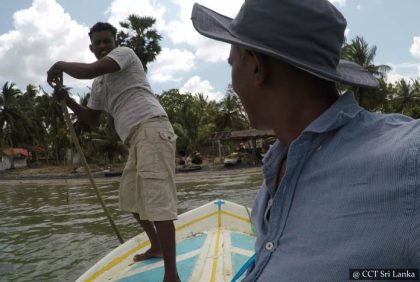 Speedy 10-Minute Boat Ride - Wilpattu to Kalpitiya
Rated 5 out of 5by Ada
Speedy 10-Minute Boat Ride - Wilpattu to Kalpitiya
Rated 5 out of 5by Ada -
 Paramotoring in Sri Lanka - Bentota
Rated 5 out of 5by Kash
Paramotoring in Sri Lanka - Bentota
Rated 5 out of 5by Kash -
 Reserve Your Vehicle With a Driver
Rated 5 out of 5by Steve
Reserve Your Vehicle With a Driver
Rated 5 out of 5by Steve -
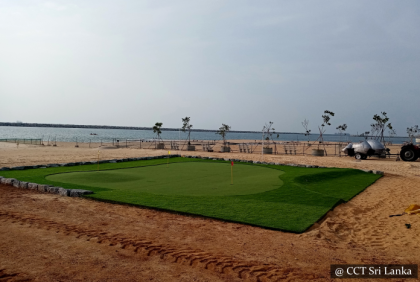 Colombo Port City - Golf Drive Range
Rated 5 out of 5by Chandula Wanasinghe
Colombo Port City - Golf Drive Range
Rated 5 out of 5by Chandula Wanasinghe -
 Reserve a Tuk Tuks - Unlimited Kms
Rated 5 out of 5by Thomas Ask
Reserve a Tuk Tuks - Unlimited Kms
Rated 5 out of 5by Thomas Ask
About Yala National Park
Located in Sri Lanka’s southeast, Yala National Park is the country’s second-largest and most visited wildlife reserve. To make exploration easier, the park is divided into six blocks, each offering unique landscapes and safari experiences.
🦁 Safari Blocks in Yala
Block I – The Classic Experience
Accessed via Kataragama and Palatupana entry points, this is the most popular area of the park. With flat terrain, scenic lagoons like Buthuwa, Pilinnawa, and Mahapothana, it offers abundant wildlife including elephants, leopards, and diverse bird species.
👉 Perfect for first-time visitors and wildlife photography.
Block II – Off-Road Adventures
Accessed mainly via Palatupana, this block is best for thrill-seekers. Safaris are done with customized off-road jeeps and safety escorts. While one-day trips are possible, we highly recommend a two-day adventure with overnight camping for a truly immersive experience.
👉 Ideal for adventurers seeking raw, untouched wilderness.
Blocks III & IV – For the Explorers
Accessed via Galge, these lesser-visited zones feature pristine landscapes, wetlands, and thorn forests. Wildlife encounters here are more secluded. Block III also includes Kabilittha, a site of local pilgrimage.
Block V – Weheragala National Park
Also accessed via Galge, this block has its own entrance. Known for frequent leopard sightings during certain months, it stays open even when Block II is closed in the dry season.
💡 Tickets here also allow entry into Lunugamvehera National Park, giving you a two-in-one safari experience.
Block VI – Seasonal Wilderness
Accessed via Thanamalvila, this block is usually open during dry seasons when Block II is closed. It offers another excellent chance for wildlife encounters in less-crowded surroundings.
🐘 Wildlife Highlights
Yala is home to:
- 44 mammal species – including elephants, leopards, sloth bears, and the endemic Toque Macaque.
-
215 bird species – from migratory waterbirds to endemics like the Sri Lanka Junglefowl and Ceylon Grey Hornbill.
-
A variety of reptiles, amphibians, and aquatic life thriving across its diverse ecosystems.
✅ Book your guided safari with CCT Sri Lanka and explore the best of Yala National Park – from popular wildlife hotspots to hidden wilderness trails!


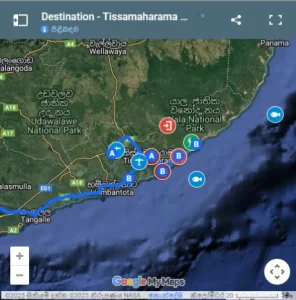

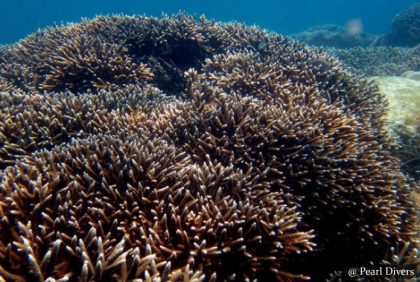
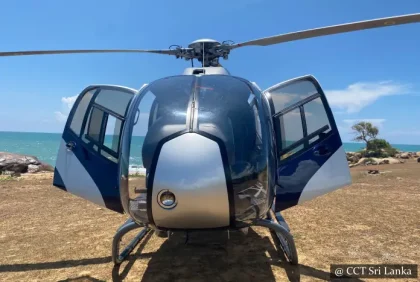

Reviews
There are no reviews yet.